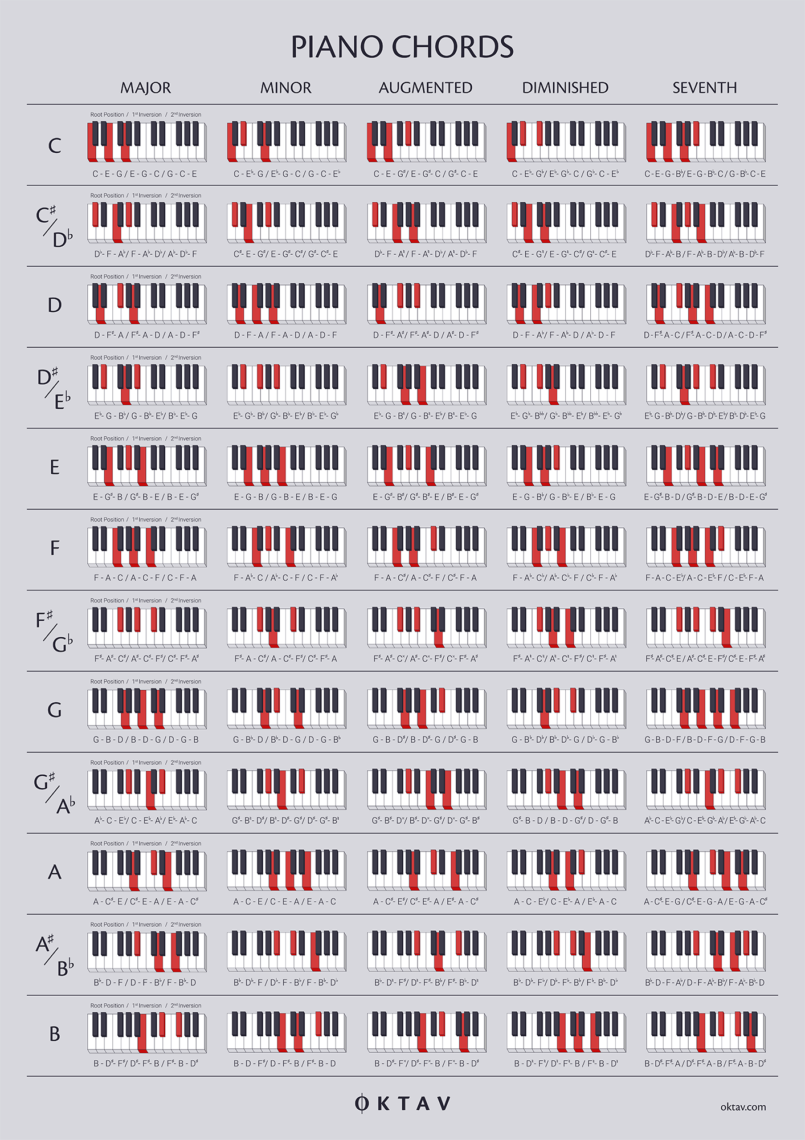

The same applies to the B flat major scale by starting on the root note of B flat (1st fret A string) and applying the TTSTTTS formula. For A major, starting on the root note of A (open string) we go up by a tone to the 2nd interval (B) and from there we go up another tone to the 3rd (C#), then up by a semitone to the 4th (D) and so on according to the TTSTTTS formula, until we are finally taken to the higher octave of our original starting note (A) on the 12th fret. Understanding musical scales and their functions is essential when learning basic music theory. Musical scales form the building blocks of music. For example, a song in the key of A minor uses notes from the A minor scale. The fret-board diagrams below give examples with A major and B flat major scales. Key signatures also help identify the key of a song, which is the tonal center.


This formula applies to all major scales. The major scale sequence is Tone, Tone, Semitone, Tone, Tone, Tone, Semitone (TTSTTTS for short). On the guitar a Tone is 2 frets apart while a Semitone is 1 fret apart. These chord charts are the harmonic base of classical, jazz and pop music. The major scale is made up of a sequence of Tone and Semitone spaces between its notes. For example, in D natural minor key, C7 is on the VII degree while in F major key it is on V degree.Pay attention to V degree ( Minor 7th) and to VII degree (7th chord) This is the natural minor chord chart. So a piece of music in the key of G major will therefore be based on the G major scale, a piece in the key of D major based on the scale of D major, and so on. Other keys are denoted by the number of notes with flats. Some keys are denoted by the number of notes that have sharps. In this piano lesson, you learn to find a key. The key signature can have sharps or flats. Chart use: 2nd position - If you would like to play to a blues, rock, or country song in the 2nd position using. (See columns one and two of the chart below). F is the fourth scale degree (subdominant) in C major. In other words, each key starts on the subdominant scale degree of the previous key. Uppercase numerals represent major chords while lowercase represent minor chords. At the beginning of each clef is the key signature, or piano key chart. Chart use: 1st position - If you would like to play a melody or play along with a song using the 1st position, chose the diatonic harmonica that is in the same key as the key of the song. By reading this chart counter-clockwise, you will notice that the tonic of each new key is a P5 below the tonic of the previous key. The top row of the chart lists the intervals and qualities of the chord. When a piece of music is referred to as being in a certain key, such as the key of G major, this means it is based on that scale. The guitar key chart below describes the chords belonging to the major keys. Major Scales – Most music (in the West) is based on the major scale.


 0 kommentar(er)
0 kommentar(er)
